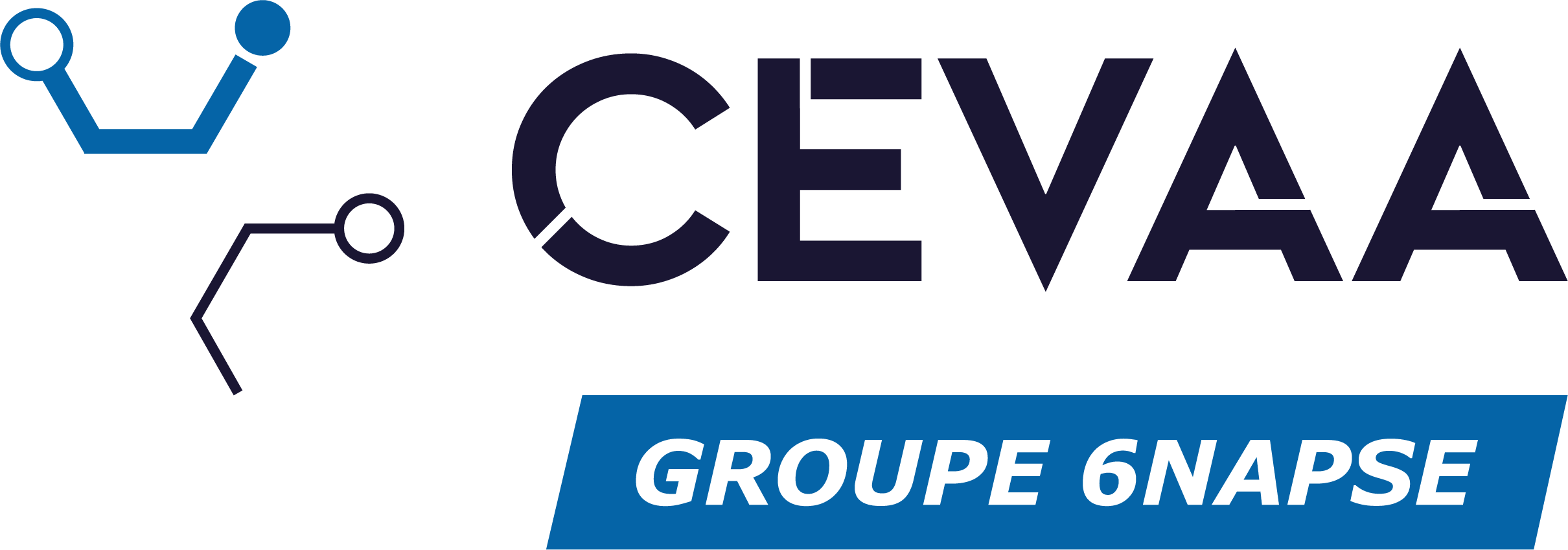CEVAA research projects
The CEVAA works on R&D projets
To maintain a high level of skills, the CEVAA operates scientific and technological resourcing by deploying its own research programs to develop expertise and innovative methods of acoustic and vibration characterization.
We also support our clients in the context of partnership research projects. We are CIR approved (Research Tax Credit).
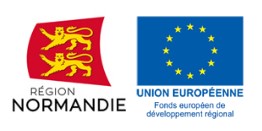
With the support of Normandy Region and European Union
Most of these projects are co-financed by the Normandy Region and the FEDER.
Thank them for their trust and their support.
Actual projects

IASTELEC
(in progress)
Develop and validate methods for constructing multiphysics models of electrified systems using artificial intelligence.
Recent projects

MIMME
(2020-2023)
Innovative Methodologies and Experimental Multiphysical Means for Industrial R&D

Interface damping
(2019-2022)
Move towards lighter vehicles to reduce the ecological impact by optimizing the choice of materials.
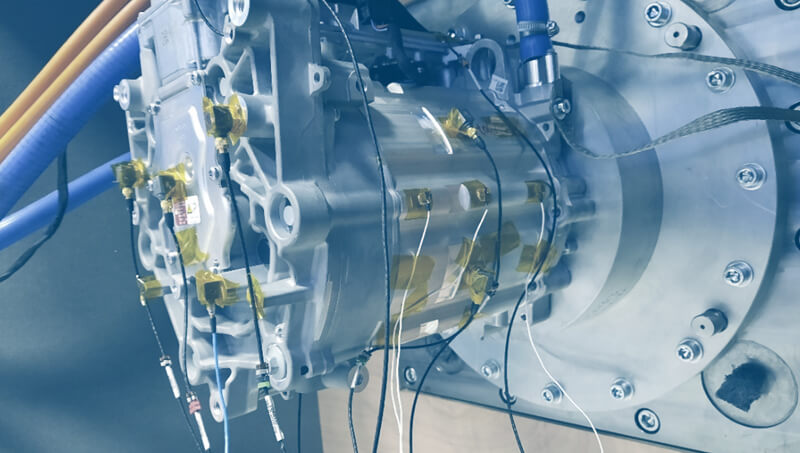
FROID
(2020-2021)
Study and optimize the vibro-acoustic behavior of an electric motor at temperature.
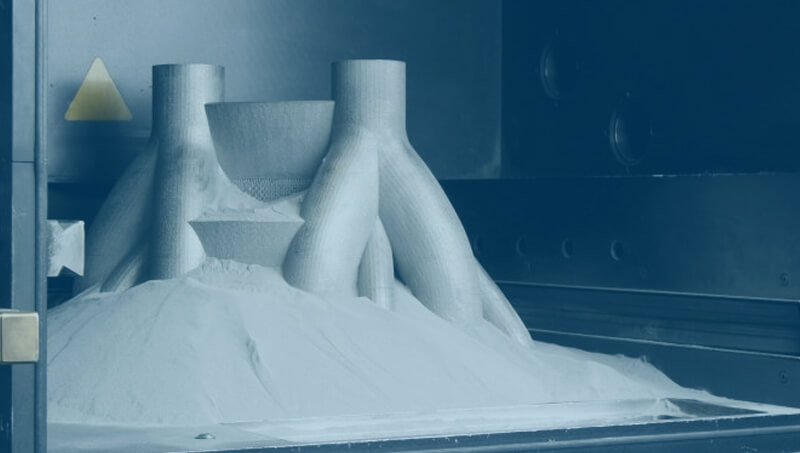
CLIPFAM
(2018-2021)
Define the characteristics of the powder bed on the properties of metal parts made in additive manufacturing.
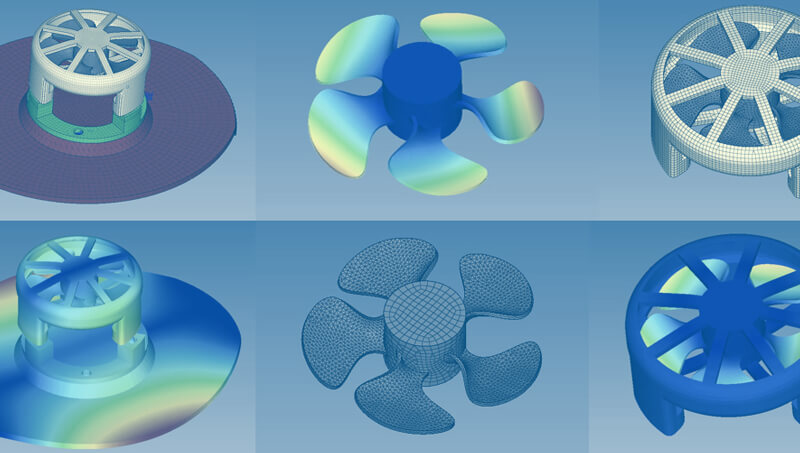
Vibhryss
(2018-2019)
Predict and optimize acoustic comfort for the transport industry through a hybrid Measurement/Calculations methodology.

CARDIONOISE
(2016-2018)
Study of the link between exposure to noise from road transport and its impact on hypertension / high blood pressure.

CRIOS
(-)
Development of a miniature cooling solution for electronic components in harsh environments.

CECOVIM
(-)
Center of Expertise and Ageing Control for Mechatronics.
Other R&D / R&T projects
- APACHE: Improving the Low-Temperature Acoustic Performance of Sealing Joints (2021-2022)
- CARCOU: Characterization of High-Frequency and Temperature Decoupling Pads (2019-2020)
- VATHITAC: Modeling of Connectors Under Vibration, Thermal and High Voltage Constraints (Vibrations, Temperature and High Voltage Analysis for Connectors) (2017-2018)
- VIRTUOSE: Integration of a range-extender in a VE. Engine Noise Isolation Strategy
- Damping by friction: using the covering of a structure to provide vibration damping
- Calculation of static behavior from dynamic measurements of car bodies: implementation of a methodology to calculate static deformations in bending and torsion from dynamic measurements.
- Sequential 3d VS simultaneous 3d vibrational damage: Simultaneous 3d aging is more realistic and faster than successive 1d aging.
- Development and evaluation of aero-acoustic performance in ducts: perform characterization of acoustic performance in the presence of airflow up to 100m/s, development of innovative absorption solutions in the aeronautics sector.
- TESSA : the TESSA project aims to consolidate and deploy the methodologies for characterizing the secondary vibration sources of transport vehicles (LV, HGV) with the aim of reducing the development costs and prices of the components concerned.
